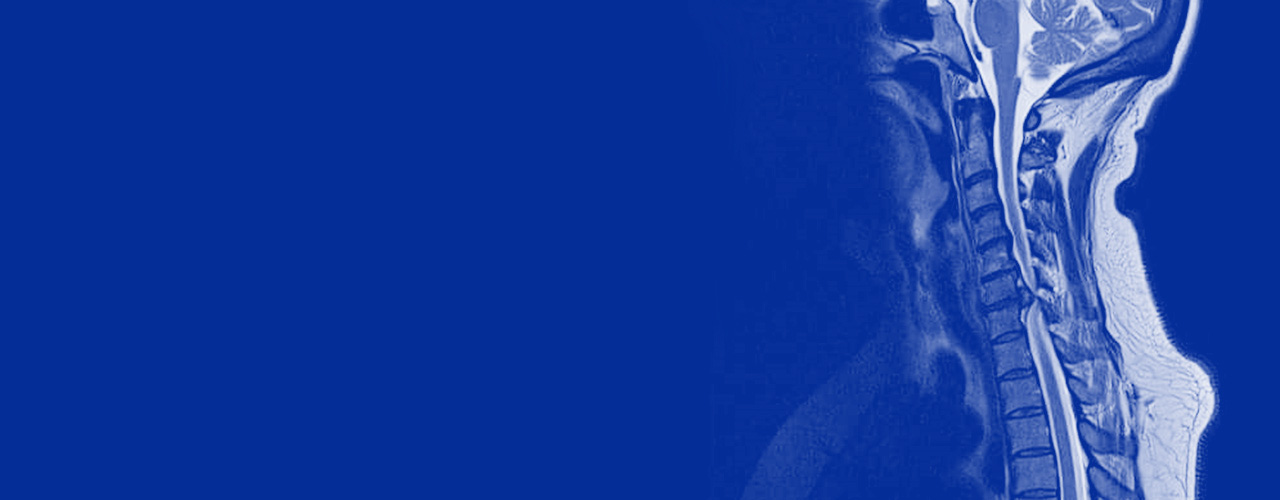
Degenerative Cervical Myelopathy (DCM) is the number one cause of spinal cord impairment globally, affecting as many as 2% of adult populations. Despite treatment, less than 5% of people with DCM make a full recovery. Many will have life-long disability and some of the lowest quality of life scores for long-term conditions. To change this and to accelerate urgently required research advances, AO Spine is proud to launch the top ten research priorities for DCM.
The AO Spine Research Objectives and Common Data Elements for DCM (RECODE-DCM) is an international initiative to accelerate knowledge discovery and improve outcomes in DCM. The top ten unanswered research questions for DCM are the first incredible achievement for the initiative. These were gathered and prioritized through a wide consultation and consensus process, set up as a James Lind Alliance Priority Setting Partnership. (1)
We have the potential to change how people with DCM are diagnosed and treated in the future.
The process brought together insights from all stakeholders, surgeons, health professionals, and people living with DCM, to be sure the questions represent what matters most.
"Now that we have identified the priorities, we need the international researcher community and the funders to step up to the challenge," Principal Investigator (PI) Mark Kotter says. "We have the potential to change how people with DCM are diagnosed and treated in the future."
This study group is exceptional in its united commitment and passion to take forward these research questions.
Brian Kwon, Alexander Vaccaro, James Harrop, Michael Fehling, James Milligan, Iwan Sadler, and the entire study group share the sentiment that this study is groundbreaking and can make a difference. “This study group is exceptional in its united commitment and passion to take forward these research questions," the JLA Chairperson for the Partnership Toto Gronlund observed.
"Each priority will have a panel of ambassadors, who will be key members of the global initiative. They will promote engagement, raise awareness and understanding of DCM and if interested, answer the question themselves," Co-PI Benjamin Davies explains.
If you are interested in becoming an AO Spine RECODE-DCM Ambassador, contact AO Spine Research Project Manager Olesja Hazenbiller on ohazenbiller@aospine.org for more details.
The next task for the AO Spine RECODE-DCM study group will be to define a standardized set of disease measurements that should be included in all future DCM research, and reach a consensus on the definition of DCM. This will promote comparability amongst studies and make sure the definition of DCM is suitable for establishment of a Medical Subject Headings (MeSH) index term.
"Together we are in a unique position to improve the lives of people with DCM and clinical care," says AO Spine Research Project Manager Olesja Hazenbiller. AO Spine will actively participate and keep monitoring the uptake of the study questions and publishing results from the priority topics to make sure the outcomes are translated into research and into clinical practice. AO Spine envisions that in some years' time, we will have answers to all ten priorities.

